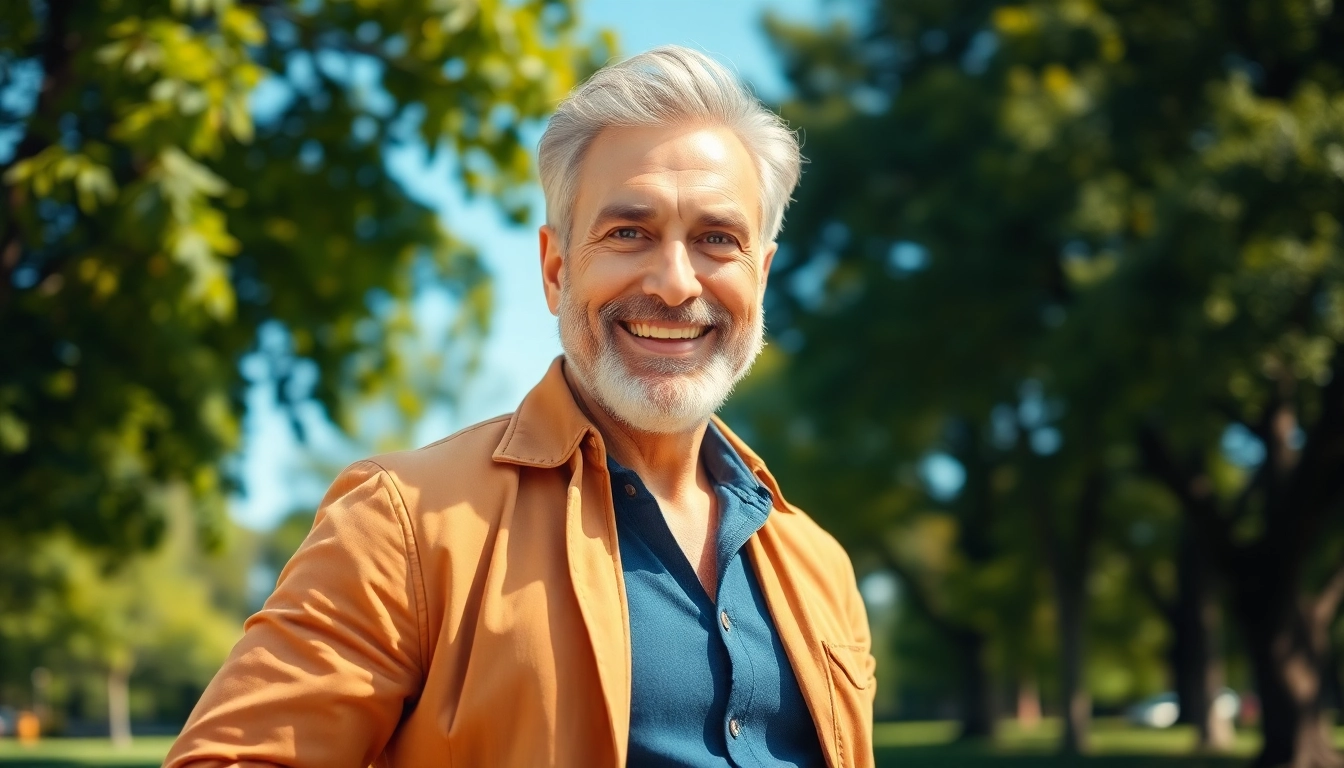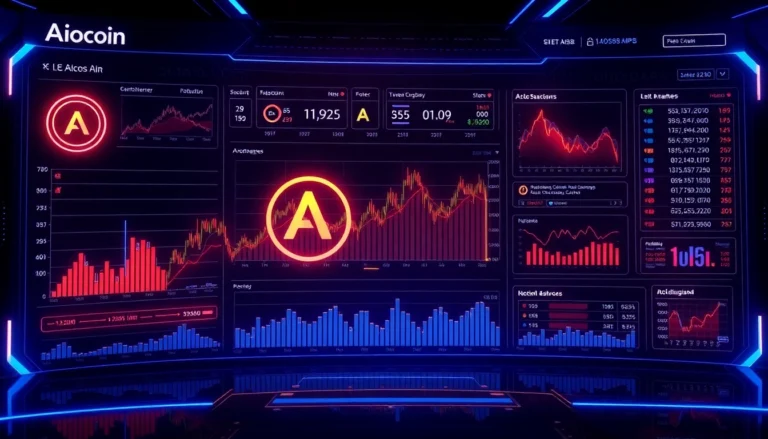Introduction to the Term DILF: Origin and Meaning
The term dilf is a colloquial acronym that stands for “Dad/Daddy I’d Like to F*.” It’s a playful yet provocative phrase used to describe an older, mature man who exudes attractiveness and sexual appeal. Unlike the more traditionally recognized term MILF—”Mother I’d Like to F*”—DILF emphasizes a different aspect of mature masculinity, often highlighting a man’s rugged charm, confidence, and life experience. While the term explicitly references fatherhood, in contemporary vernacular, a man doesn’t necessarily need to be a father to be called a DILF. The phrase has gained popularity through internet culture, media, and social commentary, becoming a common way to compliment or humorously acknowledge the allure of older men who embody a blend of maturity and attractiveness.
Cultural Context and Popularization
The Role of Movies, TV Shows, and Internet Culture
The rise of the term DILF can largely be attributed to its cultural dissemination through movies, television, and online platforms. It was popularized shortly after the emergence of MILF, which gained widespread recognition following the 1999 film American Pie. The franchise’s humor and portrayal of youthful sexuality helped bring these terms into mainstream consciousness. Notably, in American Pie Presents: The Book of Love (2009), a character named Rob’s father is portrayed humorously as a DILF. This film, part of the same franchise that popularized MILF, helped cement the term in comedy and pop culture.
Similarly, television series like Riverdale, which debuted in 2017, contributed to the term’s popularity by showcasing characters who embodied the DILF archetype. Fred Andrews, played by Luke Perry, became a fan-favorite example of an attractive, mature father figure who exudes charm, confidence, and rugged masculinity. Fans and viewers often describe Fred Andrews as a quintessential DILF, blending maturity with attractiveness.
Internet Culture and Social Media
The digital age has significantly amplified the visibility and popularity of the DILF phenomenon. Instagram accounts such as DILFs of Disneyland showcase images of attractive, older men spending quality family time at Disney parks. With over 300,000 followers, this account highlights a humorous and relatable side of DILFs, emphasizing their appeal in everyday settings. These images often depict fathers who are not only caring and family-oriented but also possess an undeniable sex appeal, challenging traditional notions of age and attractiveness.
Moreover, online communities such as Reddit’s r/DILFs have created a space where fans share photos, memes, and discussions about their favorite DILF figures. With nearly 100,000 members, this NSFW community reflects the broad and diverse appeal of the term, spanning from humor and admiration to genuine appreciation of mature masculinity.
DILF in Popular Culture and Media
Films and TV Shows Featuring DILF Characters
Over the years, numerous films and TV shows have featured characters that embody the DILF archetype. These characters often serve as symbols of mature attractiveness, confidence, and protective strength. In the realm of comedy, movies like American Pie and its spin-offs have played a pivotal role in popularizing the term, with characters such as Steve Stifler’s dad or Rob’s father exemplifying the DILF persona.
In the realm of drama and series, Fred Andrews from Riverdale stands out as a quintessential DILF. His character’s combination of fatherly concern, physical attractiveness, and leadership qualities resonate strongly with fans. The portrayal of such characters normalizes the idea that older men can be just as desirable, if not more so, than their younger counterparts.
Viral Internet Trends and Social Media Communities
The internet has fostered countless viral trends centered around DILFs. From meme compilations to dedicated social media pages, the concept of the DILF has become a staple of online humor and admiration. The Instagram account DILFs of Disneyland is a prime example, capturing candid moments of attractive fathers enjoying their family time, often with humorous captions emphasizing their attractiveness.
Reddit communities like r/DILFs serve as hubs for fans to share their appreciation, post photos of attractive older men, and engage in discussions about masculinity, attractiveness, and cultural perceptions of age. These platforms demonstrate how the DILF phenomenon has evolved from a humorous slang term to a widespread cultural symbol of mature masculinity.
The Appeal of DILFs: Why They Resonate
Traits That Make Older Men Attractive
The widespread fascination with DILFs stems from a combination of physical, psychological, and social traits. Many fans find the ruggedness and maturity of older men incredibly appealing. Traits such as a confident demeanor, a sense of life experience, and a commanding presence contribute to their attractiveness. Physical features—such as a strong jawline, graying hair, or a fit physique—often enhance their appeal, aligning with societal standards of masculinity.
The Blend of Maturity, Confidence, and Charm
Beyond physical attributes, DILFs are often admired for their confidence and charm. They embody a sense of self-assuredness that many younger men might lack or have yet to develop fully. This confidence can be seen in their demeanor, speech, and the way they carry themselves, making them irresistible to many audiences. Their life experience and emotional maturity often translate into behaviors that exude stability and reliability, qualities that are highly valued in romantic and social contexts.
The Impact on Modern Masculinity and Standards
Challenging Age Stereotypes
The rise of the DILF archetype challenges traditional stereotypes about age and attractiveness. Historically, societal standards have often equated youth with beauty and desirability, marginalizing older men’s appeal. However, the popularity of DILFs reflects a shifting perspective that appreciates maturity and experience as desirable qualities. It promotes the idea that attractiveness is not solely a young person’s attribute but can be found at every age.
The Growing Appreciation for Mature Attractiveness
Modern culture increasingly celebrates diverse standards of beauty, including the appeal of mature men. This trend aligns with broader societal shifts toward body positivity, age acceptance, and the acknowledgment that confidence and charisma often surpass mere physical youthfulness. DILFs symbolize a broader recognition that attractiveness is multifaceted, incorporating personality, confidence, and life experience.
Conclusion: The Future of the DILF Trend and Its Cultural Significance
The dilf phenomenon continues to evolve within popular culture, media, and online communities. Its rise signifies a broader acceptance and celebration of mature masculinity, challenging outdated stereotypes and highlighting the appeal of confidence, charm, and life experience. As society increasingly embraces diverse standards of attractiveness, the DILF archetype is likely to grow in prominence, influencing fashion, media representation, and social perceptions of age and desirability.
Understanding the DILF phenomenon offers insight into changing cultural attitudes toward masculinity and attractiveness. It underscores that allure is not confined to youth but can flourish at any age, embodying strength, confidence, and charisma. Whether as a humorous term, genuine compliment, or cultural symbol, DILFs are here to stay, representing a modern appreciation for mature attractiveness and redefining societal standards.
As we look to the future, the DILF trend will likely continue to inspire media portrayals, social media content, and conversations about masculinity. It encourages a more inclusive view of attractiveness—one that values personality, confidence, and life experience as much as physical appearance. This cultural shift not only broadens our understanding of desirability but also promotes a healthier, more realistic appreciation of aging men.
In conclusion, the DILF phenomenon exemplifies how language and culture evolve, reflecting society’s shifting attitudes toward masculinity and attractiveness. It challenges stereotypes and celebrates the multifaceted nature of appeal, making it a significant cultural marker in the ongoing dialogue about gender, age, and beauty in the modern world.





